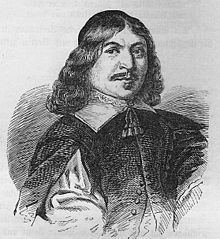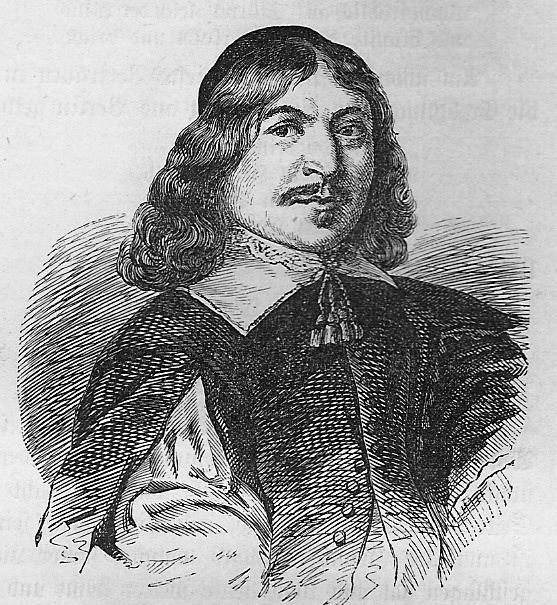Name Georg Neumark Role Poet | ||
 | ||
Similar People Catherine Winkworth, Johann Cruger, Philipp Nicolai, Joachim Neander, Hans Leo Hassler | ||
Education University of Konigsberg | ||
If thou but suffer god to guide thee georg neumark
Georg Neumark (16 March 1621 – 8 July 1681) was a German poet and composer of hymns.
Contents
- If thou but suffer god to guide thee georg neumark
- Wer nur den lieben gott last walten georg neumark
- Life
- Selected works
- Bibliographies
- References

Wer nur den lieben gott last walten georg neumark
Life
Neumark was born in Langensalza, the son of Michael Neumark and his wife Martha. From 1630 he attended the gymnasium in Schleusingen and later transferred to that of Gotha. In 1640 he began law studies at the University of Königsberg. Fleeing the tumult of war he took a position as tutor in Kiel. In 1643 he was able to return to Königsberg, where he devoted himself more and more to music, in which he was greatly supported by Simon Dach.
After graduating in law Neumark went first to Danzig and in 1649 to Thorn. Two years later, in 1651, he returned to his native Thuringia. There his uncle, councilor Plattner, introduced him to the duke Wilhelm IV of Saxe-Weimar, who appointed him Kanzleiregistrator and in 1652 librarian.
In the following year the duke brought Neumark into the Fruchtbringende Gesellschaft. He received the nickname der Sprossende (the sprouting) and the motto Nützlich und ergetzlich (useful and delightful), as well as the emblem Schwarzbraune gefüllte Nelken (dark-brown carnation). In 1656 he was elected Erzschreinhalter der Fruchtbringenden Gesellschaft (guardian of the shrine). His famous hymn Wer nur den lieben Gott läßt walten appeared in 1641.
The Pegnesische Blumenorden (a poet's society in Nürnberg named after the river Pegnitz) accepted Neumark as a member in 1679. He carried on an extensive but not untroubled correspondence with the society's president, Sigmund von Birken, who acted as his literary agent.
On 8 July 1681, Neumark died at the age of 60 in Weimar, where he was interred in the Jacobsfriedhof. The Evangelical Church marks his memorial on 9 July.
